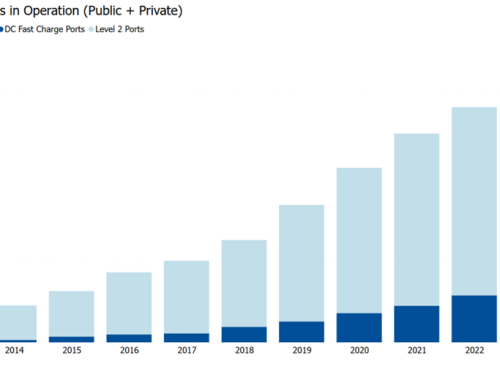
Source: EV Hub
Q3 was mammoth quarter for utility filings for EV programs. Investor-owned utilities proposed programs worth more than $781 million – more than twice what was proposed in Q1 and Q2 combined.
So what happens once a utility proposes a program?
A state’s Public Utility Commission considers the program, hears from interested stakeholders, and then makes a ruling. The ruling is either to approve, approve with modifications or to deny the proposal. Utilities can also withdraw a program at this stage.
To date, commissions have approved more than 80 percent of proposed utility EV programs, in some cases with modifications. All of these are captured on EV Hub. At the start of 2020, we reported that the approval rate was 77 percent, meaning that it continues to tick up. In 2021 so far, the rate of approval is 93 percent, higher than any year since 2015. Also noteworthy is that the rate of approval without modification is at 55 percent, which is also the highest since 2014
It is important to be clear about what these numbers tell us. The 80 percent refers to the number of programs approved. A program refers to individual elements within a docket. For example, if a utility proposes a corridor DC fast charging program and a multi-unit dwelling Level 2 program in the same docket, this would be considered two programs. It does not refer to the value of the programs approved. When we look at the value of the programs with a decision, 85 percent of total funding has been approved (the rest is withdrawn or rejected).
But back to the original count. We still see that 20 percent of programs put forth to the commission are rejected or withdrawn. There has been $538 million in proposed funding that has been either denied or withdrawn.
Across the country, 38 programs across 26 utilities have been rejected or withdrawn. The states with the most rejections are California (5), Maryland (4) then Massachusetts, North Carolina, and Missouri (all with 3).
Why are these filings rejected? Back in 2020, we went through all of the denied utility programs and tried to identify the main reasons the commissions gave for denying the program and come up with key “buckets” of reasons for denial. Since then, we have continued to assign denied programs to these buckets, and to date, the most common reasons for denial are the following:
– Insufficient Demonstration of Benefits: The Commission states that the benefits of the proposed element have not been sufficiently demonstrated or there is insufficient information regarding program implementation details or feasibility.
– Cross-Subsidization: The Commission states that the element causes unjustified cross-subsidization (one class of customers bears the costs of benefits that accrue to another class of customers).
– Market Competition: The Commission states that an element would hinder market competition or that there is insufficient evidence that the competitive market would not accomplish the goal of the proposed element.
– Not Utility’s Role: The Commission states that the goals of a proposed element are not within the bounds of the utility’s role.
– Insufficient Evaluation Data from Existing Programs: The Commission states that they want to wait for evaluation data from a related existing program.
– Insufficient Market Research: The Commission states that there is insufficient market research regarding a proposed element’s value, consequences, costs, etc., or indicates that there is a lack of available information in the market, as opposed to “Insufficient Demonstration of Benefits,” which indicates that the utility has failed to provide enough information/ support in their filing.
The single most common reason for rejection, an insufficient demonstration of benefits, was given as a reason for 62 out of 84 programs rejected. This is a broad reason and notably, most of these programs included other reasons as well.
Lets take a deeper dive into one rejection. In 2019, a $166.5 million filing from National Grid was rejected in Massachusetts. The Commission indicated that it was rejected pending “evaluation results from the Phase I EV Program”. These evaluation results would take a further two years.
Now two years on, National Grid is back. The investor-owned utility filed for a $278 million 4-year Phase III EV Program. This initiative could support nearly 400 DCFC and more than 31,200 Level 2 ports. National Grid indicated that 20% of the proposed public and workplace chargers would be targeted for underserved communities. The funding also includes rebates for around 300 school buses for schools operating in environmental justice communities. The Commission will once again consider this program and make a decision.
My tendency to dwell on rejections aside, most transportation electrification programs are approved. In Nevada last week, we saw the largest utility program per person per year to date approved (years refers to the number of years over which the program funding will be spent. In the case of this Nevada Energy program, the program is three years long). This program includes $100 million in funding for charging infrastructure across the utility service area of NV Energy. Importantly, NV Energy states that 50 percent of the funding is dedicated to investments that benefit underserved communities, which are often disproportionately burdened by transportation pollution. Notably, however, the Commission modified the program to require all of the proposed utility-owned charging programs to also allow customer- or third party-ownership.
There are more than $2 billion in pending utility EV investments around the country. We will now wait and see if the rate of approval continues to tick upward.


